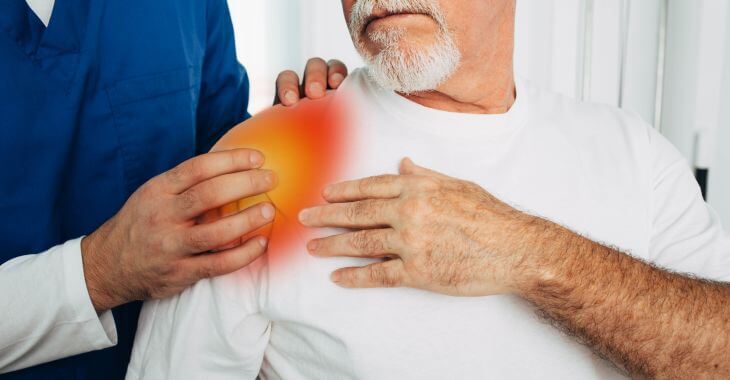Remedying Runner’s Knee
Few things frustrate an athlete more than runner’s knee. While you might not feel “out of commission”, whenever you try to perform, you are quickly reminded that you are very limited. Runner’s knee, or patellofemoral pain syndrome, causes pain to radiate around the knee cap particularly where the thigh bone connects with the knee. One generally feels more pain going downstairs then upstairs and the knee can have a popping or grinding sensation.
It can occur to any athlete that does excessive knee bending such as running, walking, biking, or jumping. It is caused by:
- Overuse
- Direct trauma to the knee
- Malalignment
- Feet problems—hypermobile feet, fallen arches, flat feet
- Weak thigh muscles—muscle imbalance
Unfortunately, there is not a quick fix to this problem that usually seems to come out of nowhere. The RICE principle should be applied (rest, ice, compression, elevation) and can be combined with anti-inflammatory medicines to help relieve pain. Strength exercises to help develop strong support combined with obtaining a good supportive shoe can help with recovery. Normal activity should not be resumed until:
- The knee can fully bend
- There is no pain
- The injured knee is as strong as the well knee
If the injury does not subside, then greater attention may need to be given by a reputable orthopedic doctor who specializes in sport’s medicine. They may need to do an x-ray, MRI, or a CT to determine the correct approach to rehabilitating the knee.
As in all things, an ounce of prevention goes a long way. There are several common sense things that can prevent first time or reoccurring injury.
- Buy good shoes
- Practice overall fitness
- Avoid hard surfaces
- Increase workouts slowly
- Use a knee brace—especially when you’ve had trouble before
Above all things, learn to listen to your body. Slow down or back off when things don’t feel right.
Posted on behalf of:
Ortho Sport and Spine Physicians
5730 Glenridge Drive Northeast #230
Atlanta, GA 30328
(678) 752-7246
The information provided on this website, including text, graphics, images, and other materials, is intended solely for informational purposes and should not be used as a substitute for professional medical advice, diagnosis, or treatment.

)